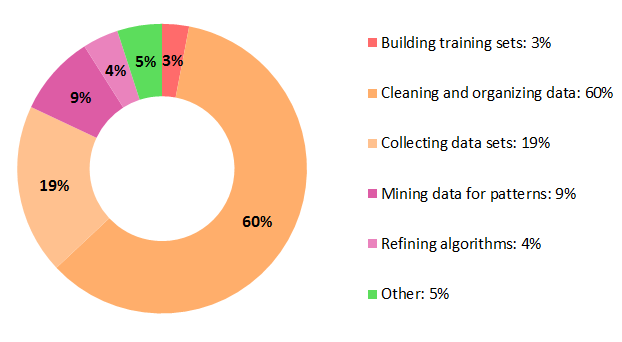One of the most important natural language processing tasks is to “tag” concepts in text. Tagging a concept means determining whether words or phrases in a text document matches any of the concepts that exist in some kind of a knowledge structure (such as a knowledge graph, an ontology, a taxonomy, a vocabulary, etc.). (BTW, a similar definition and process applies to tagging an entity.) What is usually performed is that the input text is parsed and normalized in some manner. Then all of the surface forms of the concepts within the input knowledge structure (based on their preferred and alternative labels) are matched against the words within the text. “Tagging” is when a match occurs between a concept in the knowledge structure and one of its surface forms in the input text.
But here is the problem. Given the ambiguous world we live in, often this surface form, which after all is only a word or phrase, may be associated with multiple different concepts. When we identify the surface form of “bank”, does that term refer to a financial institution, the shore of a river, a plane turning, or a pool shot? identical surface forms may refer to totally different concepts. Further, sometimes a single concept will be identified but it won’t be the right concept, possibly because the right one is missing from the knowledge structure or other issues.
A good way to view this problem of ambiguity is to analyze a random Web page using the Cognonto Demo online application. The demo usea the Cognonto Concepts Tagger service to tag all of the existing KBpedia knowledge graph concepts found in the target Web page. Often, when you analyze what has been tagged by the demo, you may see some of these amgibuities or wrongly tagged concepts yourself. For instance, check out this example. If you mouse over the tagged concepts, you will notice that many of the individual “tagged” terms refer to multiple KBpedia concepts. Clearly, in its basic form, this Cognonto demo is not disambiguating the concepts.
The purpose of this article is thus to explain how we can “disambiguate” (that is, suggest the proper concept from an ambiguous list) the concepts that have been tagged. What we will do is to show how we can leverage the KBpedia knowledge graph structure as-is to perform this disambiguation. What we will do is to create graph embeddings for each of the KBpedia concepts using the DeepWalk algorithm. Then we will perform simple linear algebra equations on the graph embeddings to determine if the tagged concept(s) is the right one given its context or not. We will test multiple different algorithms and strategies to analyze the impact on the overall disambiguation performance of the system.
Continue reading “Disambiguating KBpedia Knowledge Graph Concepts” →
